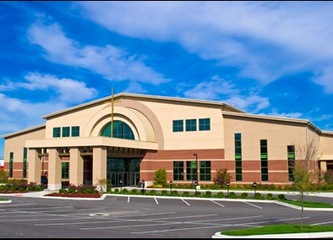 In the Reformation, or after the Reformation, the Anabaptists said they were neither “Catholic nor Reformed” but where The Third Way.
In the Reformation, or after the Reformation, the Anabaptists said they were neither “Catholic nor Reformed” but where The Third Way.
Why are there so few Anabaptists today? and yet why are so many attracted to anabaptism?
So, what is the Third Way? Where are you seeing anabaptism today? Is it a genuine third way?
An excellent and highly-recommended new book by Stuart Murray, The Naked Anabaptist
, attempts — and succeeds in my view — to get to the core of Anabaptism by focusing on seven essential features. The elements are not unique to Anabaptism, but together they make up what Anabaptism is.
, attempts — and succeeds in my view — to get to the core of Anabaptism by focusing on seven essential features. The elements are not unique to Anabaptism, but together they make up what Anabaptism is.
1. Jesus is example, teacher, friend, redeemer and Lord. Anabaptism is Jesus-centric; he is to be followed and worshiped.
2. Jesus is the focal point of God’s revelation. Jesus-centered Bible reading and a community of followers is how the Bible is to be read.
3. Christendom, characterized by collusion and compromise, distorted the gospel and marginalized Jesus and left churches ill-equipped for mission.
4. Wealth and money have distorted the church; connection to the poor, helping the powerless and persecuted is part of the anabaptist approach. Such may lead to opposition and martyrdom.
5. Churches are to be committed communities of discipleship and mission and worship … gifts are for all and baptism is for believers.
6. Spirituality and economics are related.
7. Peace is at the heart of the gospel.

